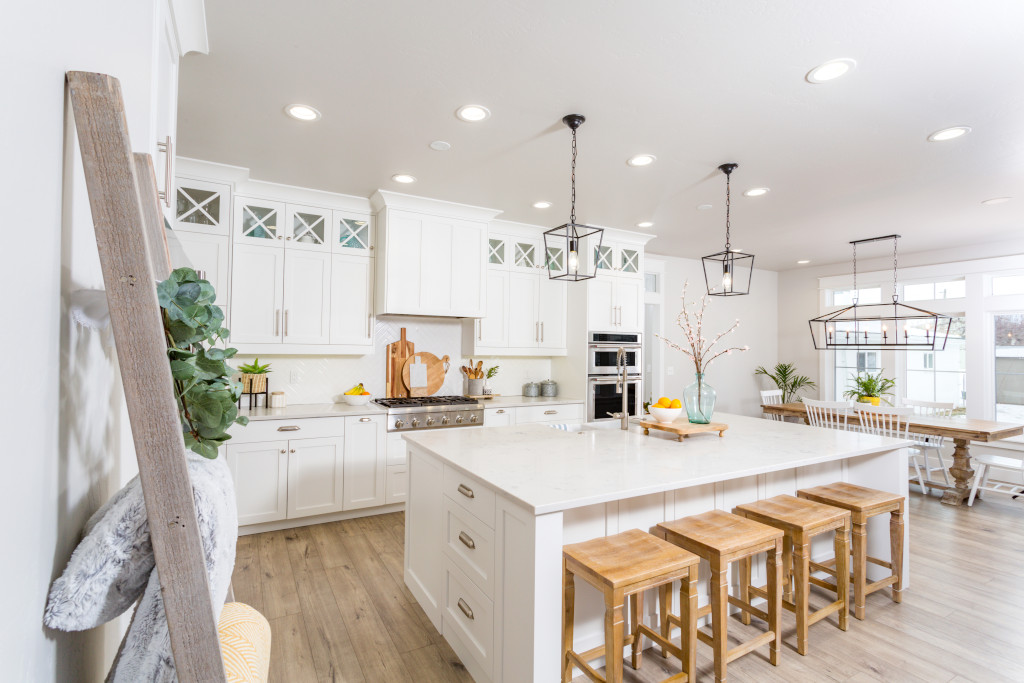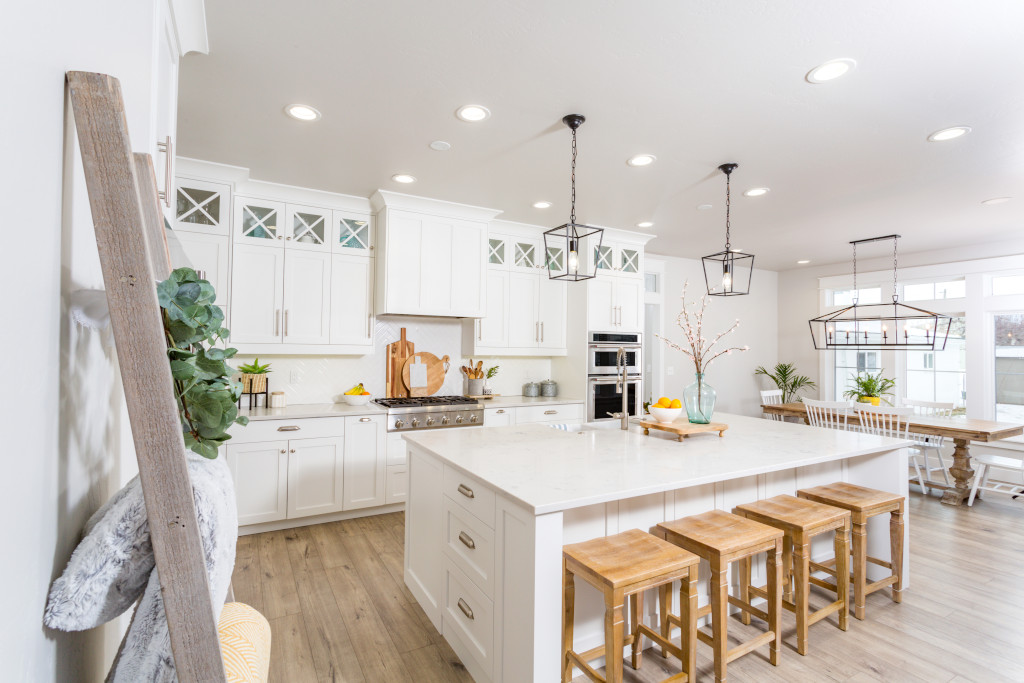
Mudroom cabinets designed for the MinnePHit House.
With three small children, our clients, the Brazelton’s, needed a mudroom that could stand the test of time. To create this space we needed to answer an important question: What are the most important features in a laundry room?
1) What do you need to store there? Create a checklist.
Here are some examples: jackets, boots, shoes, scarves, mittens, flashlight, dog leash, keys, briefcases, totes, reusable grocery bags, outdoor toys, towels for muddy feet, etc.
2) Then determine the best type of storage for each of these items.
Is it drawer or cubby storage? Do you need open shelves or shelves with bins or baskets? If you have a hard time visualizing, go to your current closet and pull out what you’d need to store. This will help determine the type of storage you need.
3) How many people need to have their space for storage?
For example, the Brazelton’s need at least three bays for storage, and if there can be five, that would be even better. They have two dogs, too. So there will need to be some space for their toys and leashes.
4) Think about doors and determine how much you want to see.
Are you okay with seeing hanging jackets and baskets in cubbies? Or do you need everything out of sight?
The Brazelton’s don’t mind jackets and coats hanging in the open for easier access for their kids, and they opted for some drawers and hidden storage behind doors.
If children need to use the space, keep their dedicated storage closer to the floor so that they can reach. If you are going to use baskets inside the cubbies, be sure to source those before you size your cabinetry to make sure they will fit. As we’ve found in the past, basket sizes are not standardized.
5) Determine if you’d like a bench or a seat built into the cabinetry.
In the case of the Brazelton’s, we built in a bench so that all three children can sit and put their shoes or boots on at the same time. Consider your morning routine and how much space you might need.
6) Measure the space that you need to fit into.
Don’t forget about trim, crown molding, and where the cabinetry meets the door or other architectural details in your home.
7) Now draw up your ideal storage.
If you don’t have room for everything, prioritize your spaces. Can you store some of the seasonal items elsewhere? If you need more help, contact CliqStudios for a complete plan and more guidance on your project.
The post How to Design Mudroom Cabinets: A Step-by-Step appeared first on CliqStudios.
Did you miss our previous article…
https://www.thegreenwoodkitchen.com/?p=151
